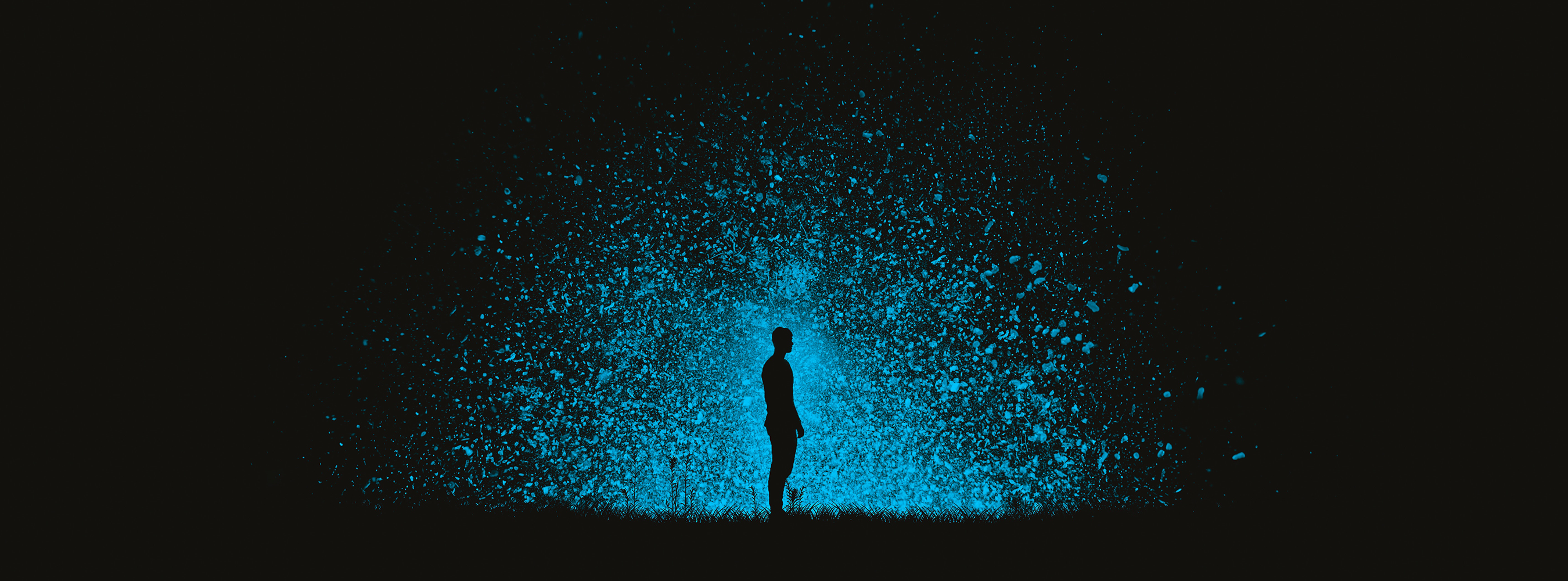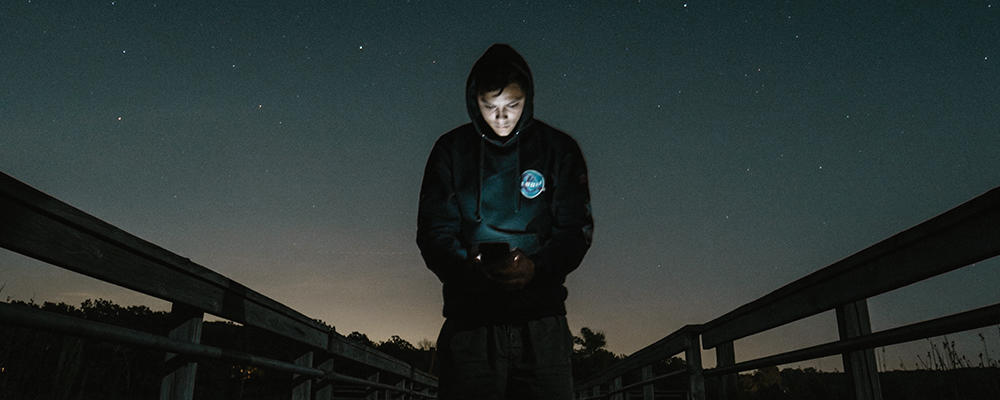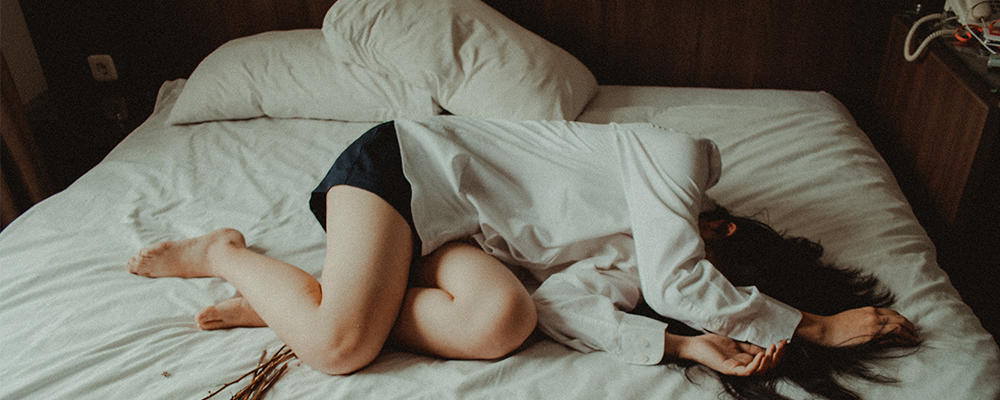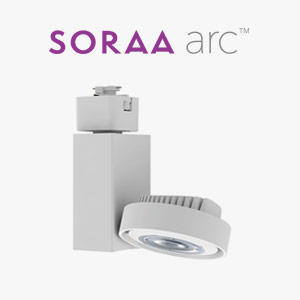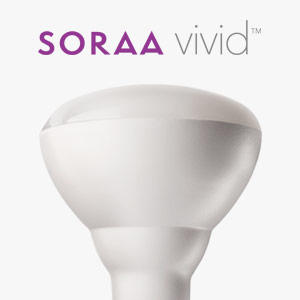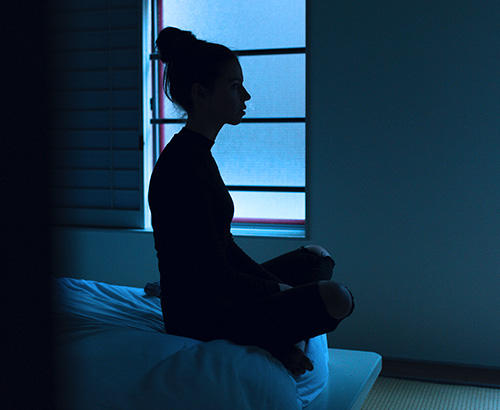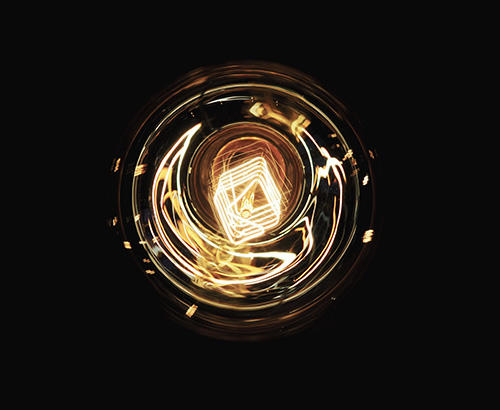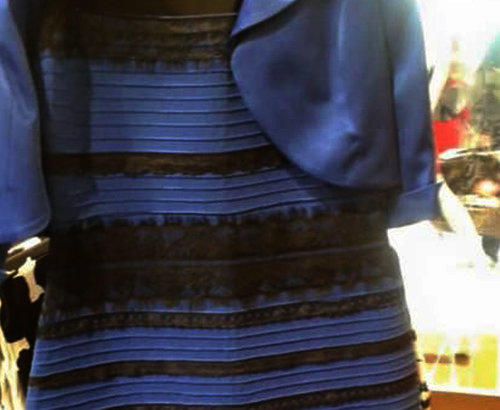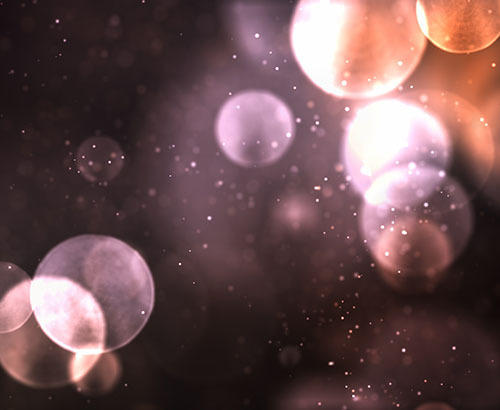I like this
We know that blue light impacts our sleep, but to what extent? Blue light disrupts the circadian cycle by suppressing the production of melatonin at bedtime, for example, but it can also help mitigate sleep deprivation in the morning.
The studies listed below are just a few examples of the vast literature available in the field of blue light and its effect on sleep, and the results summarized below have been repeated and confirmed. Taken together, these studies lead to the following conclusions:
-
Blue light has a direct and well-understood physiological impact on our sleep.
-
At night, blue light keeps us awake. Typical domestic light levels are sufficient, and so are electronic displays.
-
This effect can be detrimental. It delays the onset of sleep, and may also induce more serious long-term health problems.
-
Use of blue-reduced light at home mitigates these negative effects. Internationally-recognized calculations are able to predict how much a light source influences our circadian cycle, and a reduction by -40% is sufficient to help sleep.
-
In the morning, blue-rich white light can help synchronize our sleep cycle. In particular, light which mimics the natural cycle of daylight in the morning helps wakefulness.
SORAA’s healthy products were designed based on such scientific findings. SORAA Healthy lamps emit a “Blue-free” spectrum which reduces “melanopic lumens” by -40% compared to conventional white LED bulbs, thus providing the same reduced stimulation which has been demonstrated to be useful in studies. This improvement comes at no cost on the quality of the light, which retains a natural white tint and color rendering.
Read below for synopses of the studies.
Action Spectrum for Melatonin Regulation in Humans: Evidence for a Novel Circadian Photoreceptor [2001, Thomas Jefferson University]
One-line summary: Blue light wakes us up
This is a foundational article on the topic of blue light and sleep. While the scientific world already knew that light had an impact on our sleep patterns, the details of the mechanism were not well-known. The researchers exposed subjects to light at various wavelengths (i.e. colors) and various intensities, and measured how their physiology responded to the light. Namely, they looked at how blood melatonin levels were affected – this is an indication of a disruption to the circadian cycle. They found that the subjects’ melatonin was most suppressed under blue-cyan light, with the effect tailing off for shorter wavelengths (violet light) and longer wavelengths (green light). Because this wavelength-response did not correspond to that of any known cell in the human eye (i.e. to the known response of our visual rods and cones), the authors posited that there must exist another, yet-unknown light sensor in our eyes besides the rod and cones. This sensor, the so-called ipRGC cell, was indeed identified the following year. The authors also measured how much light was necessary to have an impact on our circadian cycle, and found that the total dose of blue light (the intensity of the light multiplied by the fraction of blue content) was what mattered.
Exposure to Room Light before Bedtime Suppresses Melatonin Onset and Shortens Melatonin Duration in Humans [2011, Brigham Hospital Boston / Harvard Medical School]
One-line summary: Regular indoor light is enough to keep us awake – and may have other health effects
Melatonin is closely correlated to our sleep cycle, and blue light of sufficient intensity suppresses melatonin, which suggests that it delays sleep. Following this discovery, a number of studies were performed to understand whether standard levels of indoor light were sufficient to have an effect on sleep. This article is one such study. The researchers exposed subjects to two levels of light in the evening: either a very dim intensity, or a typical indoor intensity. They found that, compared to the dim-light case, the typical light intensity indeed caused a very strong suppression of melatonin around sleep time. The scientists concluded that modern exposure to electric lighting has a disruptive impact on our physiology, and mentioned a few possible health implications (including shortened sleep cycle and increased risk of diabetes and some cancers).
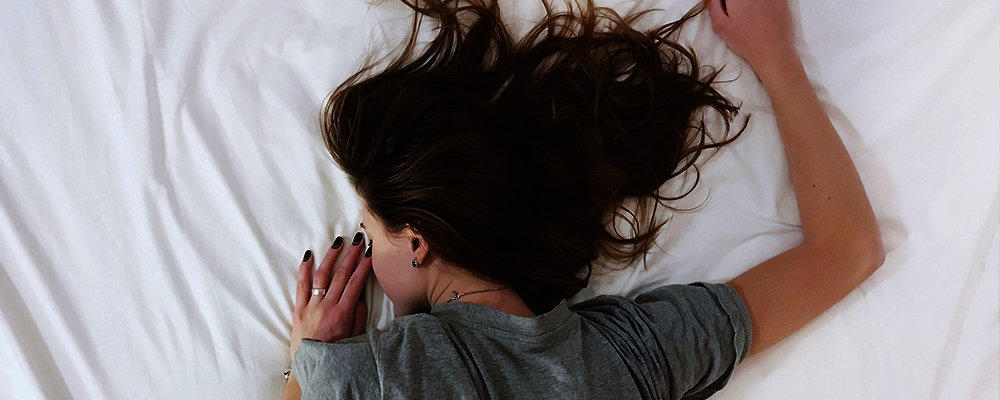
Light at night, chronodisruption, melatonin suppression, and cancer risk: a review. [2007, University of Texas and others]
One-line summary: There is evidence that light exposure at night elevate risks of some cancers.
The impact of light on melatonin and the circadian cycle has potential health effects beyond just affecting sleep; for instance, melatonin levels are correlated to some cancer risks. In this article, researchers reviewed a large number of existing studies examining the effect of light exposure on cancer risk. They concluded that there was increasing evidence that light at night could elevate the risk of some cancers, due to the disruption of the circadian cycle. The authors added that it may be prudent to limit light exposure at night, including that coming from light pollution.

Effects of Artificial Dawn and Morning Blue Light on Daytime Cognitive Performance, Well-being, Cortisol and Melatonin Levels [2013, Univ. Basel]
One-line summary: Suitable light exposure in the morning can help mitigate sleep deprivation
The effect of light on sleep is a cause for concern (due to its deleterious impact at night) but also presents an opportunity: proper exposure to blue-rich light in the morning is expected to be beneficial for wakefulness. In this study, researchers placed subjects in a state of sleep deprivation (6-hr nights) and then exposed them to various light regimens in the morning: either dim light, bright blue light, or “dawn simulation” (a cycle of white light with changing color, which mimics a natural sunrise). The blue light regimen had the most effect on melatonin and cortisol levels; whereas the dawn simulation had the most effect on improving the subjects’ mood and well-being. The researchers concluded that the dawn simulator was the most suited to address sleep deprivation, and was superior to simple exposure to blue light.
Evening use of light-emitting eReaders negatively affects sleep, circadian timing, and next-morning alertness [2014, Brigham hospital Boston / Harvard Med school]
One-line summary: Light from a tablet can also disrupt sleep
Beyond general lighting, we are also exposed to other sources of blue light, especially from electronic devices. In this article, researchers investigated whether using an e-reader tablet – which is lit by light-emitting diodes having an intense blue peak – could have such an effect. Users had to read either a regular book or a bright e-reader for four hours before bedtime. Their melatonin level and other measures of sleep were recorded. The researchers found that, while reading a book had no effect, the e-reader caused a suppression of melatonin and disrupted sleep, including a delay in the onset of sleep and reduced alertness the next morning. This study indicates that blue light from electronic devices has the same disruptive potential as lighting.

The effects of spectral tuning of evening ambient light on melatonin suppression, alertness and sleep [2017, Brigham hospital Boston / Harvard Medical School]
One-line summary: Reducing the amount of blue in general lighting improves sleep
The advent of “sleep-friendly” light-emitting products raises the question: are these in fact efficient to reduce the effects of blue light? This recent article investigates this, in a situation relevant to domestic use. The researchers exposed subjects to modest amounts of light (corresponding to a typical bedroom’s light intensity) for eight hours before bedtime. Two light sources were compared, one with regular amounts of blue light and the other with reduced amounts of blue light. The researchers found that the reduced-blue light indeed had a reduced effect on melatonin and helped reduce alertness at bedtime. In addition, they calculated each light’s expected impact on the circadian cycle by using the “melanopic lux”, a quantity recently proposed by the CIE (the global scientific authority on illumination) to quantify how blue light affects our biology. They found that the reduced-blue light had 40% less melanopic lux than the regular light. This study therefore demonstrates that using light with a reduced blue content mitigates light’s effect on sleep; more specifically, the melanopic lux of a light is a good indicator of this effect, and a 40% reduction in this quantity is sufficient to provide benefits.
